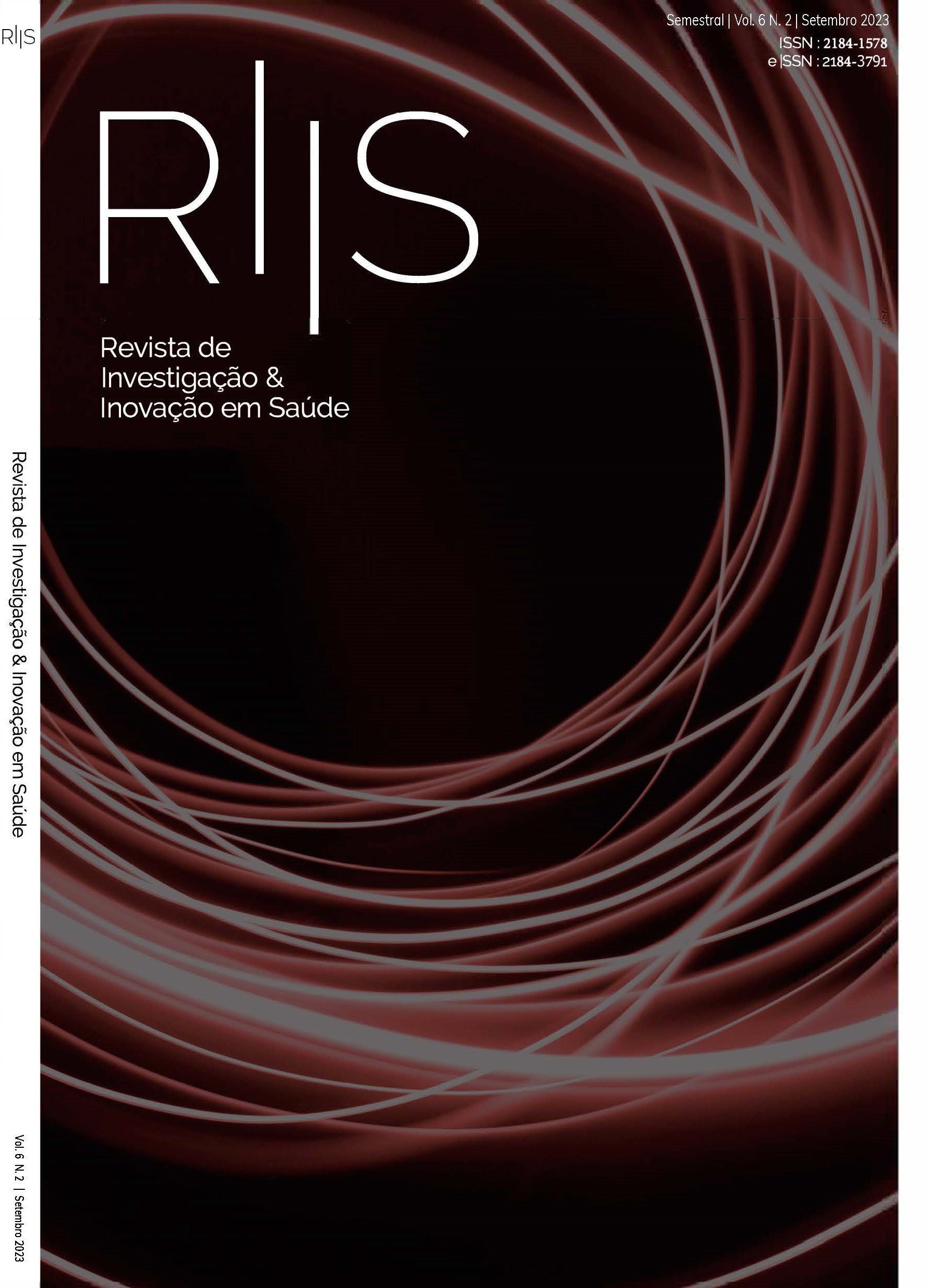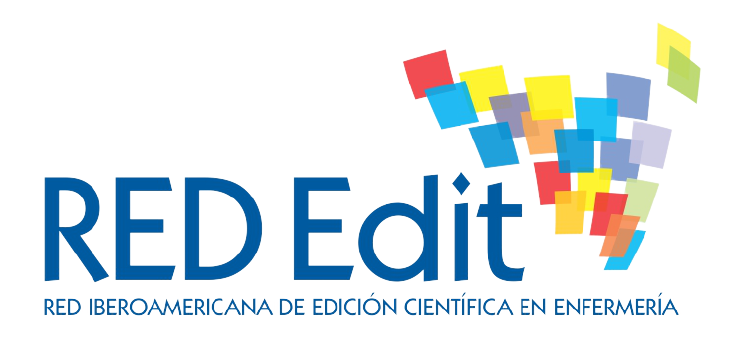Effectiveness of synchronous non-class education in higher health education
DOI:
https://doi.org/10.37914/riis.v6i2.257Keywords:
distance education, personal satisfaction, health science students, higher educationAbstract
Background: the SARS-COV2 pandemic has conditioned the functioning of Higher Education Institutions, leading to the adoption of measures to ensure the teaching process, until then face-to-face, towards a synchronous non-face-to-face teaching typology. Objective: to evaluate the effectiveness of synchronous remote teaching in higher health education in response to the pandemic, from the student's perspective, and their satisfaction. Methodology: mixed, descriptive and exploratory study, with data collection through an online questionnaire. The target population are students who transitioned to synchronous non-face-to-face teaching. Statistical analysis using the SPSS® program, version 27.0 and content analysis according to Bardin (2016). Ethical requirements met. Results: 48 students participated who showed a lower average level of satisfaction with synchronous remote teaching compared to face-to-face teaching, a highly significant relationship (t=3.09; p=0.003). Teacher-student and student-student interaction is considered of lower quality, however, it is considered that synchronous remote teaching demonstrates effectiveness in maintaining students' training paths. Conclusion: the technological conditions for access to synchronous remote teaching were considered adequate, as well as the degree of effectiveness, although with lower levels of satisfaction compared to face-to-face teaching
References
Agência de Avaliação e Acreditação do Ensino Superior. (2020). Deliberação sobre os processos temporários de ensino-aprendizagem. Disponível em: https://www.a3es.pt/pt/noticias/deliberacao-sobre-os-processos-temporarios-de-ensino-aprendizagem
Bardin, L. (2016). Análise de Conteúdo. Edições 70.
Brooks, S., Webster, R., Smith, L., Woodland, L., Wessely, S., Greenberg, N. & Rubin, G. (2020). The psychological impact of quarantine and how to reduce it: rapid review of the evidence. The Lancet, 395, 912-920. doi: 10.1016/S0140-6736(20)30460-8 DOI: https://doi.org/10.1016/S0140-6736(20)30460-8
Castaman, A.S., & Rodrigues, R.A. (2020). Educação à distância na crise COVID -19: um relato de experiência. Research, Society and Development, 9(6). http://dx.doi.org/10.33448/rsd-v9i6.36991 DOI: https://doi.org/10.33448/rsd-v9i6.3699
Cavalcante, A., Machado, L., Farias, Q., Pereira, W. & Silva, M. (2020). Educação superior em Saúde: a educação à distância em meio à crise do novo coronavírus no Brasil. Avances en Enfermería, 38, 52-60. http://dx.doi.org/10.15446/av.enferm.v38n1supl.86229 DOI: https://doi.org/10.15446/av.enferm.v38n1supl.86229
Decreto-lei nº133/2019 de 3 de setembro (2019). Aprova o regime jurídico do ensino superior ministrado à distância, aprovado em Conselho de Ministros de 1 de agosto de 2019. Diário da República I série, nº168 (03-09-2019), 49-57.
Despacho n.º 2836-A/2020 de 2 de março (2020). Ordena aos empregadores públicos a elaboração de um plano de contingência alinhado com as orientações emanadas pela Direção-Geral da Saúde, no âmbito da prevenção e controlo de infeção por novo Coronavírus (COVID-19). Diário da República II série, nº43 (02-03-2020), 430-432.
Direção Geral do Ensino Superior. (2020). Nota de Esclarecimento: Gabinete do Ministro da Ciência, Tecnologia e Ensino Superior. Disponível em: https://www.dges.gov.pt/pt/pagina/covid-19-avisos
ENQA, ESU, EUA & EURASHE. (2015). Standards and Guidelines for Quality Assurance in the European Higher Education Area. https://enqa.eu/wp-content/uploads/2015/11/ESG_2015.pdf
Ferreira, A., Príncipe, F., Pereira, H., Oliveira, I. & Mota, L. (2020). Covimpact: Pandemia COVID-19 nos Estudantes do Ensino Superior da Saúde. Revista de Investigação & Inovação em Saúde, 3(1), 7-16. http://dx.doi.org/10.37914/riis.v3i1.80 DOI: https://doi.org/10.37914/riis.v3i1.80
Gossenheimer, A. N., Bem, T., Carneiro, M. L. & Castro, M. (2017). Impact of distance education on academic performance in a pharmaceutical care course. PLOS ONE, 12(4), 1-11. http://dx.doi.org/10.1371/journal.pone.0175117 DOI: https://doi.org/10.1371/journal.pone.0175117
Guy, R., Byrne, B. & Dobos, M. (2018). Optional anatomy and physiology e-learning resources: student access, learning approaches, and academic outcomes. Advances in physiology education, 42(1), 43-49. http://dx.doi.org/10.1152/advan.00007.2017 DOI: https://doi.org/10.1152/advan.00007.2017
Klibanov, O. M., Dolder, C., Anderson, K., Kehr, H. A. & Woods, J. A. (2018). Impact of Distance Education via Interactive Videoconferencing on Students' Course Performance and Satisfaction. Advances in Physiology Education, 42(1), 21-25. https://pubmed.ncbi.nlm.nih.gov/29341811/. DOI: https://doi.org/10.1152/advan.00113.2016
Marsh, H. (1987). Students' Evaluations of Universisty Teaching: Research Findings, Methodological Issues and Directions for Future Research. International Journal of Educational Research, 11, 255-388. DOI: https://doi.org/10.1016/0883-0355(87)90001-2
Meirelles, W. (2019). Desempenho acadêmico dos discentes de Ciências Contábeis nas modalidades de ensino a distância e presencial em uma instituição de ensino superior do Rio Grande do Sul. [Tese de Mestrado, Faculdade de Ciências Económicas de Porto Alegre].
Pereira, R., Selvati, F., Ramos, K., Teixeira, L., Conceição, M. (2020). Vivência de estudantes universitários em tempos de pandemia do Covid-19. Revista Práxis, 12(1), 47-56. DOI: https://doi.org/10.47385/praxis.v12.n1sup.3458
Santos, J. & Monteiro, J. (2020). Educação e covid-19: as tecnologias digitais mediando a aprendizagem em tempos de pandemia. Revista Encantar - Educação, Cultura e Sociedade, 2, 01-15. http://dx.doi.org/10.46375/encantar.v2.0011 DOI: https://doi.org/10.46375/encantar.v2.0011
Sobral, S. (2020). O impacto do COVID-19 na educação. (Artigo de Imprensa). Universidade Portucalense.
UNESCO. (2021). Distance learning solutions. https://en.unesco.org/covid19/educationresponse/solutions
Downloads
Published
How to Cite
Issue
Section
License
Copyright (c) 2023 António Ferreira

This work is licensed under a Creative Commons Attribution 4.0 International License.















